January 30, 2025
– 10 minute read
Effective customer segmentation strategies for targeted marketing. Learn how to divide your customer base, personalize campaigns, and improve engagement.

Tim Kuijlenburg
Author
Understanding your customer base is crucial for success. Customer segmentation emerges as a powerful strategy, enabling businesses to tailor their marketing efforts to distinct customer groups based on different criteria.
This approach not only sharpens the focus of marketing campaigns but also enhances customer engagement and loyalty. This article explains customer segmentation and how it differs from market segmentation. It also explores different customer segmentation strategies to help businesses with their marketing strategies.

What is Customer Segmentation?
Customer segmentation is a technique used by businesses to divide their customer base into manageable, specific groups or segments based on shared characteristics. This method empowers companies to deliver more personalized and relevant marketing messages.
Customer Segmentation vs Market Segmentation
While customer segmentation involves dividing an existing customer base, market segmentation looks at the broader market to identify potential new customer groups. Market segmentation is more about exploring and understanding the entire target market, breaking it down into segments based on various criteria like demographics, needs, or behavior. This helps businesses identify new target audiences and tailor their marketing strategies to appeal to these potential customers.
On the other hand, customer segmentation is more focused on optimizing marketing efforts for existing customers, enhancing customer loyalty and retention by offering personalized experiences and exclusive offers. Both strategies are essential for a comprehensive marketing approach, with customer segmentation strengthening relationships with current customers and market segmentation expanding a business's reach to new audiences.
The 4 Types of Customer Segmentation
Understanding the different types of customer segmentation is crucial for businesses to effectively target their marketing campaigns and improve customer engagement. Let's explore the four primary types:
Demographic Segmentation
This type involves dividing customers based on demographic factors like age, gender, income, marital status, and profession. For instance, a luxury brand might target customers with higher income levels, while a book retailer could focus on specific age groups interested in certain genres. Demographic segmentation helps businesses tailor their product offerings and marketing messages to meet the specific needs and preferences of different demographic groups.
Behavioral Segmentation
Behavioral segmentation divides customers based on their behavior, including purchase history, spending habits, brand interactions, and loyalty. For example, a company may send targeted email marketing campaigns to customers who frequently purchase certain products or offer loyalty rewards to repeat customers. This segmentation is crucial for understanding customer motivations and enhancing engagement through personalized experiences.
Geographic Segmentation
Geographic segmentation sorts customers based on their location, such as country, region, city, or even neighborhood. This approach is particularly effective for businesses with physical stores or those offering location-specific services. For instance, a restaurant chain might use geographic segmentation to send targeted offers to customers living near their outlets or adapt their menu based on regional preferences.
Psychographic Segmentation
Psychographic segmentation involves dividing customers based on their lifestyles, interests, values, attitudes, and opinions. It goes beyond basic demographics to understand the psychological aspects influencing consumer behavior. A fitness brand, for example, might target individuals who value health and wellness, while a travel agency could focus on adventure enthusiasts.
Segmentation Criteria: Fine-Tuning Customer Engagement
Selecting the most effective segmentation criteria is essential for businesses to connect meaningfully with diverse customer groups. Let's explore how we can strategically apply various customer segmentation models and criteria, enriching them with insightful examples and facts drawn from credible sources.
Lifecycle Stage: Nurturing Tailored Customer Journeys
Segmenting customers based on their journey stage, from prospects to loyal patrons, allows for targeted communication strategies. For instance, a study by Bain & Company reveals that repeat customers tend to spend more over time, validating the importance of nurturing long-term relationships. An e-commerce store could implement this by sending a welcome series to new subscribers, while offering exclusive loyalty rewards to long-standing customers.
Loyalty Program Activity: Rewarding Engagement Levels
Analyzing customers' interaction with loyalty programs can lead to highly personalized marketing initiatives. A compelling example is Amazon Prime, whose tiered benefits encourage increased spending, as analyzed in a Consumer Intelligence Research Partners report. Segmenting customers based on loyalty program tiers can help businesses offer relevant rewards, driving continued engagement and sales.
Website Activity: Enhancing Online Interactions
Segmenting customers by their online behavior provides insights into their interests and purchasing intent. According to AIContentfy, businesses that track user behavior on their websites and tailor their marketing efforts accordingly see a significant increase in conversion rates. An online retailer might segment users who frequently visit a particular product category and send them targeted promotions for those products.
Potential Profits: Focusing on High-Value Customers
Identifying segments with the highest potential profitability allows for more focused marketing efforts. Harvard Business Review’s analysis shows that acquiring new customers can be up to 25 times more expensive than retaining existing ones. A luxury brand might segment high-spending customers for exclusive previews or offers, maximizing the return on investment.
Original Source: Customizing First Contact Strategies
Segmentation based on the original source of customer acquisition can influence follow-up marketing strategies. Data from Gartner suggests that customers acquired through organic search might have different expectations compared to those from social media, requiring tailored communication approaches for each group.
Birth Date: Adding a Personal Touch
Personalization, such as sending special offers on birthdays, can significantly enhance customer relationships. A report by Experian highlights how personalized and birthday emails can lead to higher transaction rates. Retailers might use this strategy to foster goodwill and encourage celebratory purchases.
Profession: Industry-Specific Targeting
For B2B or industry-specific products, profession-based segmentation ensures relevant marketing. LinkedIn's State of Sales report demonstrates the effectiveness of industry-tailored content in engaging professional audiences. A software company could use this approach to target IT professionals with solutions that address their unique challenges.
Interests: Catering to Customer Preferences
Segmenting by interests allows businesses to connect with customers on a more personal level. For instance, an outdoor gear company might segment customers based on interests like hiking, camping, or rock climbing, and tailor their marketing accordingly. A Nielsen study reveals that such targeted marketing based on interests can significantly boost engagement and conversions.
Location: Geographical Tailoring
Location-based segmentation enables businesses to address regional preferences and logistical considerations. A restaurant chain, for example, could use geographic segmentation to promote local delicacies or location-specific deals. According to a Forbes article, location-based marketing not only increases relevance but can also drive foot traffic to physical stores.
Values: Aligning with Customer Beliefs
Values-based segmentation aligns a brand’s marketing efforts with the customer’s personal beliefs and values. For instance, a company selling eco-friendly products might target customers who value sustainability. Harvard Business Review discusses how aligning with customer values can create a loyal customer base that resonates with the brand’s ethos.
Income: Economic Segmentation
Income-based segmentation allows businesses to offer products and services that align with the economic status of different customer groups. Luxury brands often use this strategy to target high-income customers with exclusive products, as detailed in a Deloitte report on global luxury consumer trends.
Marital Status: Lifestyle-Oriented Marketing
Marital status can influence purchasing decisions, making it a valuable segmentation criterion. A travel agency, for example, might offer honeymoon packages to newlyweds while promoting family-friendly vacations to married customers with children. MarketingSherpa highlights how such lifestyle-oriented marketing can effectively cater to the unique needs of different family structures.
Language: Overcoming Communication Barriers
Language segmentation ensures that marketing communications are accessible and relevant to customers who speak different languages. A global brand might create multilingual marketing campaigns to better connect with its diverse customer base, as suggested by Common Sense Advisory’s research, which underscores the importance of language in customer purchasing decisions.
17 Real-World Examples of Customer Segmentation
In the realm of marketing, customer segmentation is a game-changer. Various companies have harnessed its power to achieve remarkable success. Let’s explore some unique and insightful examples of businesses that have mastered customer segmentation, drawing on diverse industries to show the breadth of its application.

Patagonia: Aligning with Values and Lifestyle
Outdoor apparel company Patagonia excels in values-based segmentation. They target environmentally-conscious consumers, leveraging this focus to create a loyal customer base that identifies with their sustainability mission. Patagonia's “Don’t Buy This Jacket” campaign is a testament to their deep understanding of their customer's values, resonating with their preference for sustainable practices over consumerism.
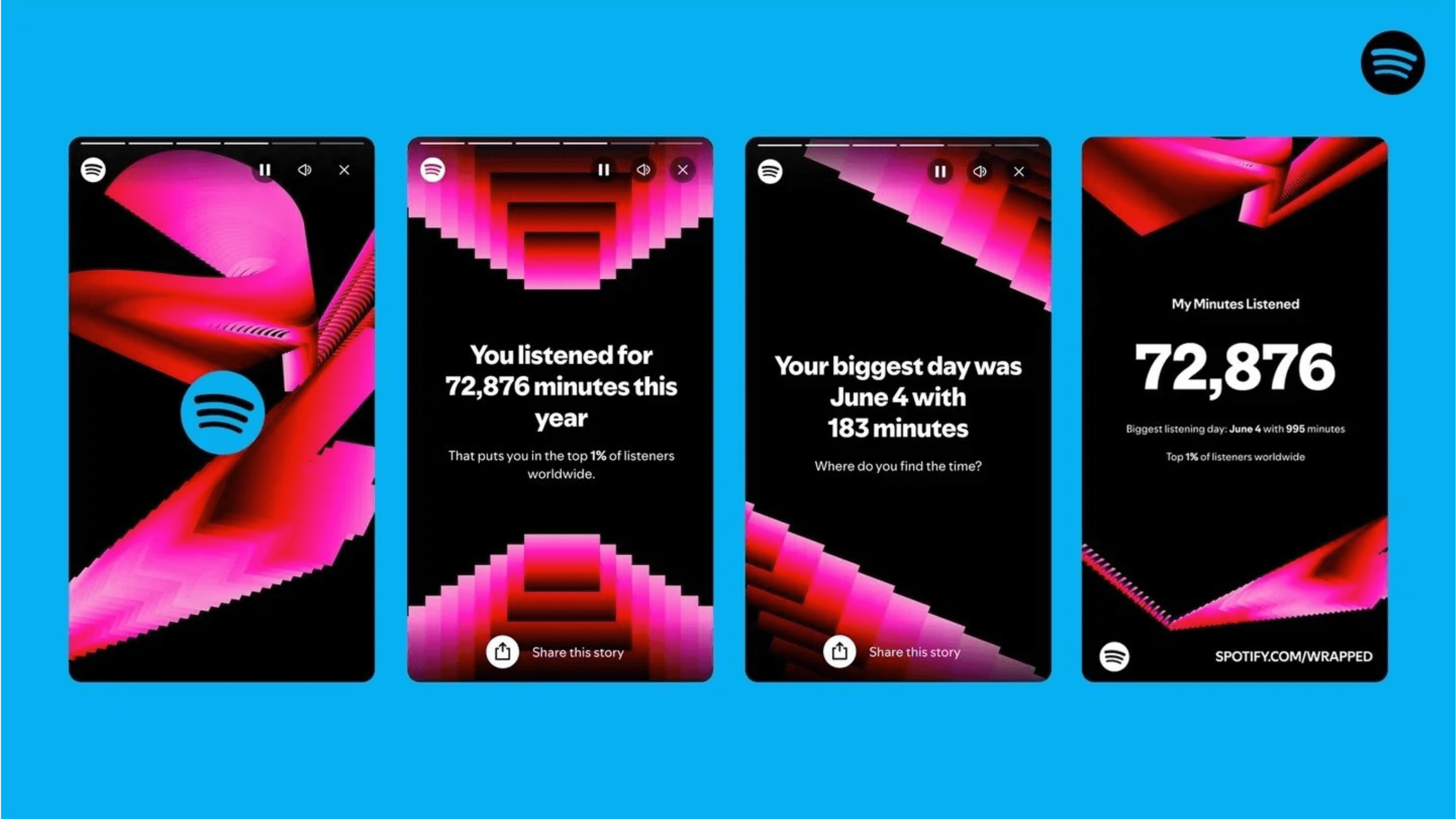
Spotify: Behavioral and Data-Driven Personalization
Spotify's use of behavioral segmentation, particularly in curating personalized playlists like “Discover Weekly,” showcases their expertise in leveraging user data. A study by McKinsey highlights how data-driven personalization, like that employed by Spotify, can significantly enhance user engagement and satisfaction.
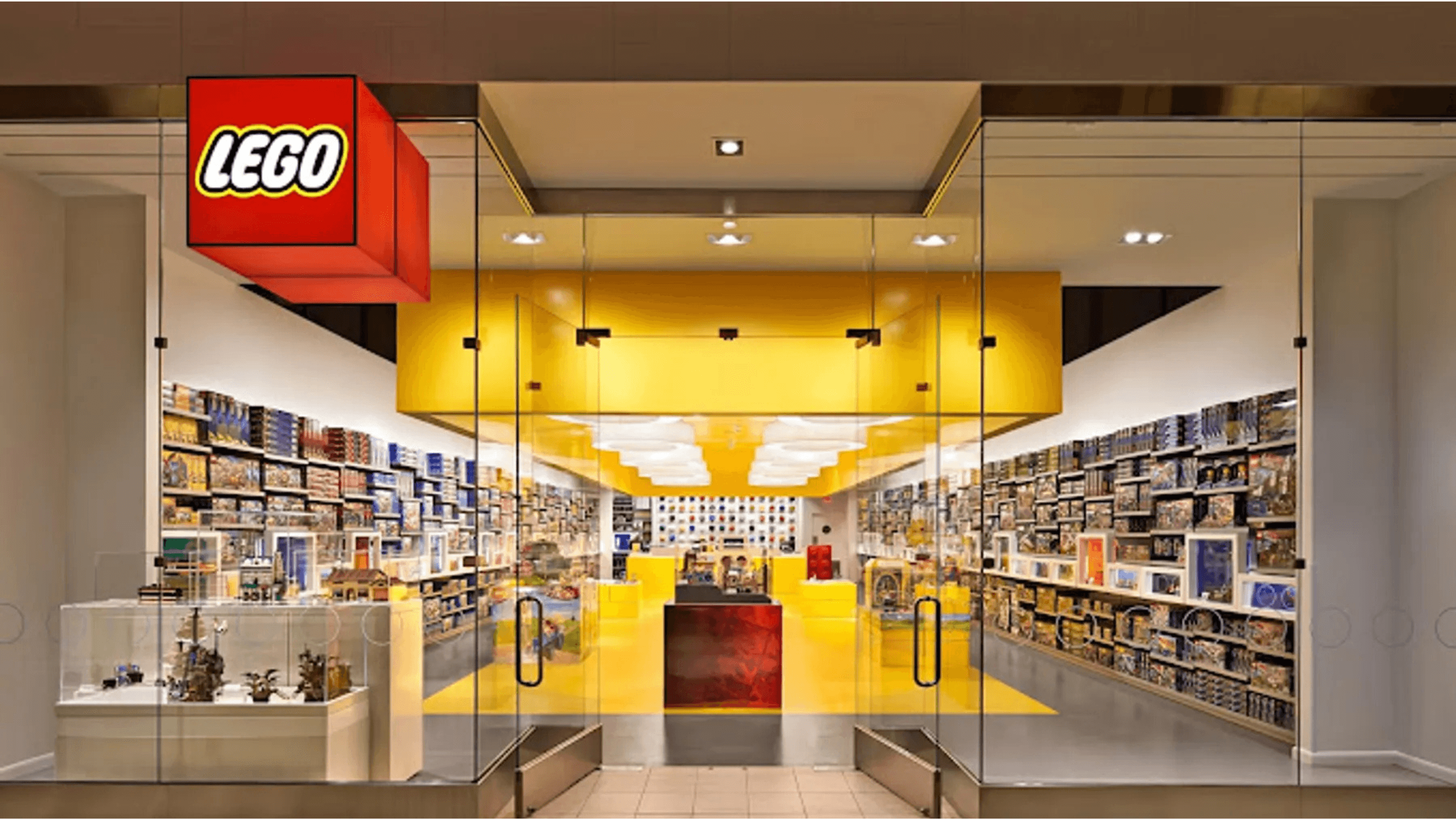
LEGO: Engaging Diverse Age Groups
LEGO's approach to demographic segmentation, particularly age-based, allows them to market effectively across a broad spectrum, from children to adult hobbyists. Their adult-focused campaigns, featuring complex sets, are a shift from traditional child-centric marketing, demonstrating their understanding of the diverse interests within their customer base.
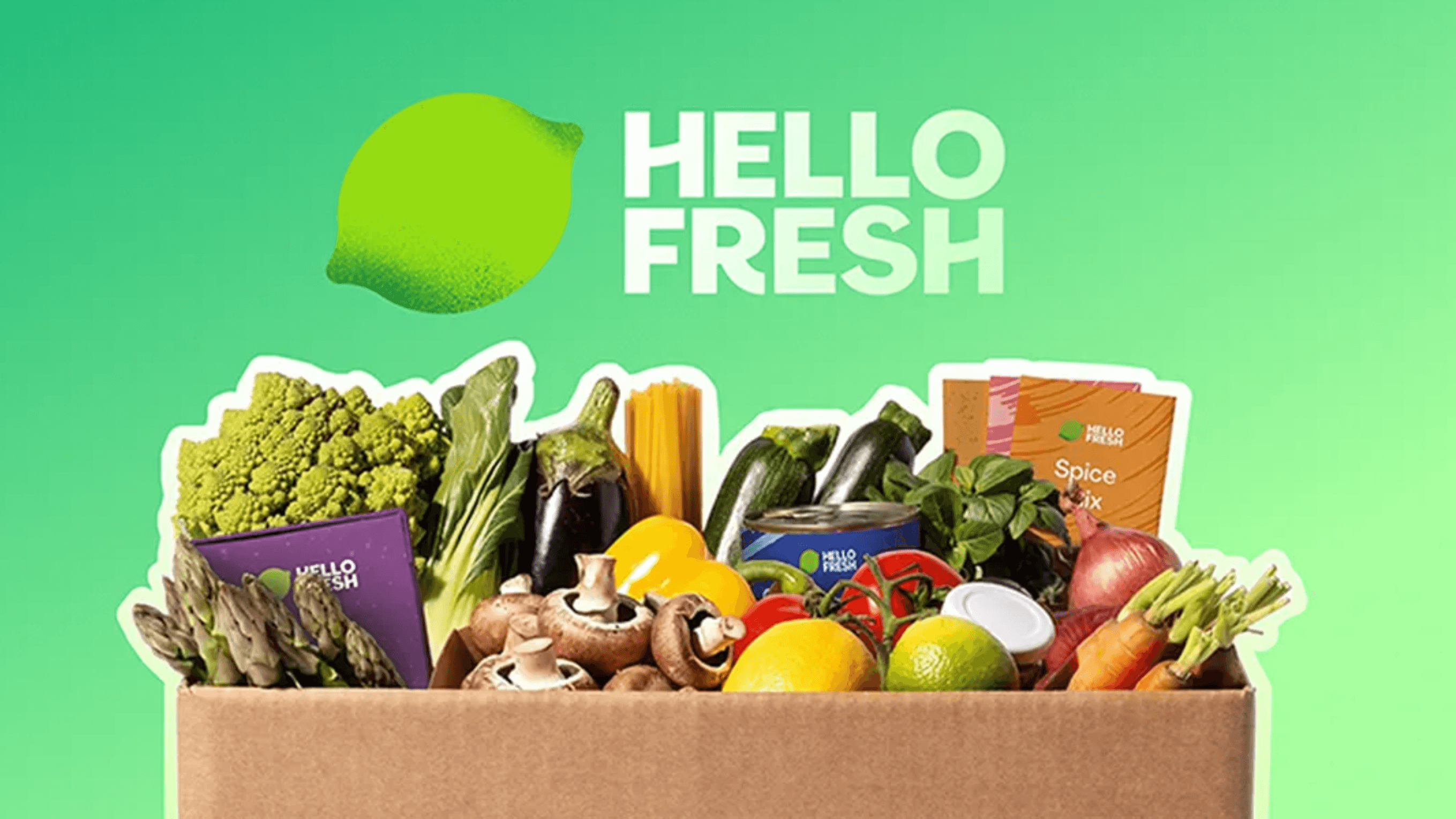
HelloFresh: Dietary Preferences and Cooking Habits
HelloFresh, a meal kit delivery service, excels in behavioral and demographic segmentation by offering tailored meal plans based on dietary preferences and cooking habits. Their customization options cater to vegetarians, families, and time-constrained cooks. A case study by Segment highlights how this approach leads to increased customer satisfaction and retention.
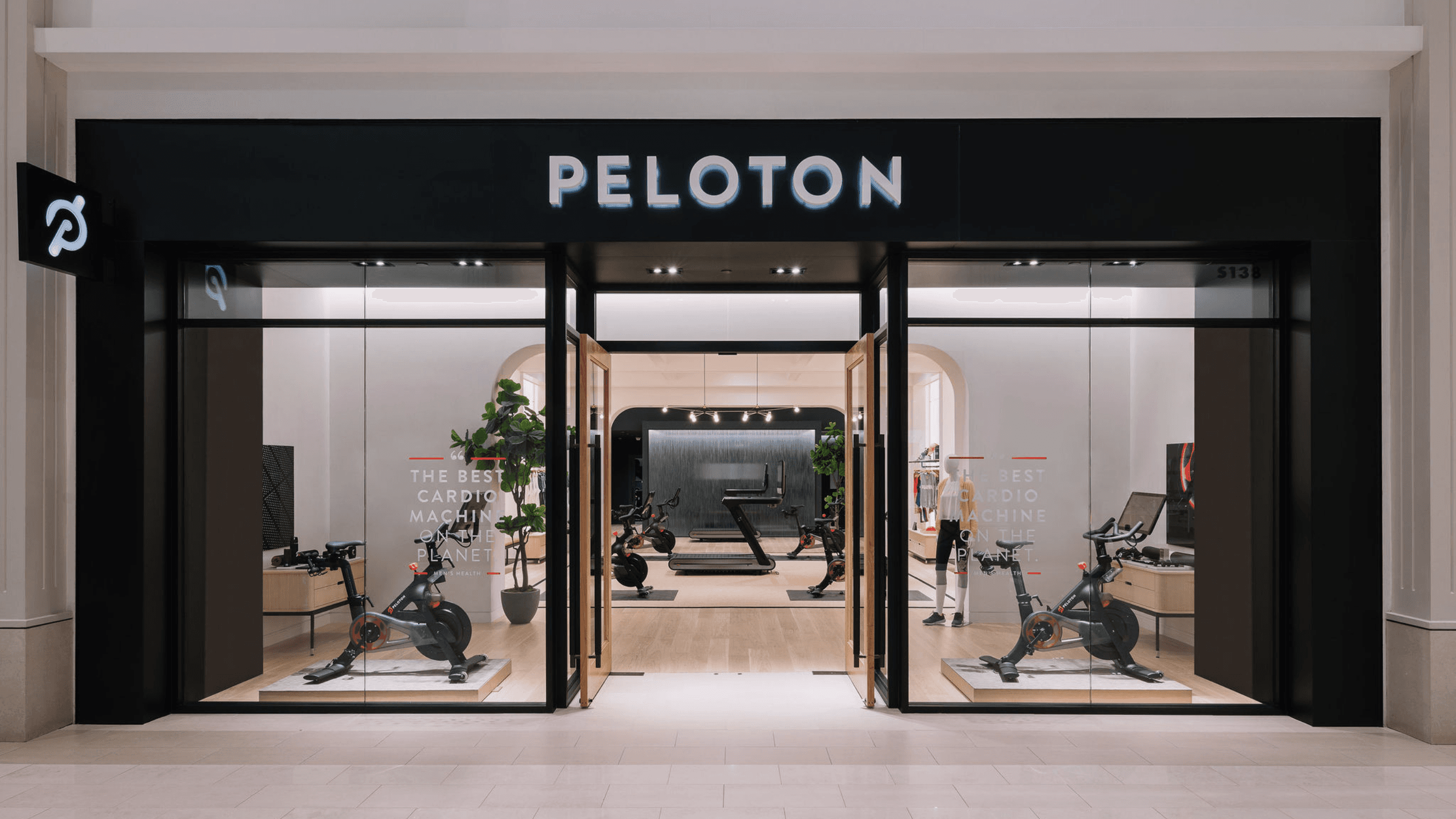
Peloton: Community Building through Interest Segmentation
Peloton’s segmentation strategy focuses on fitness enthusiasts who value community and convenience. By creating a community around shared interests, Peloton has cultivated a loyal customer base. The Harvard Business Review discusses how this community-centric approach has contributed to Peloton’s rapid growth and high customer engagement.
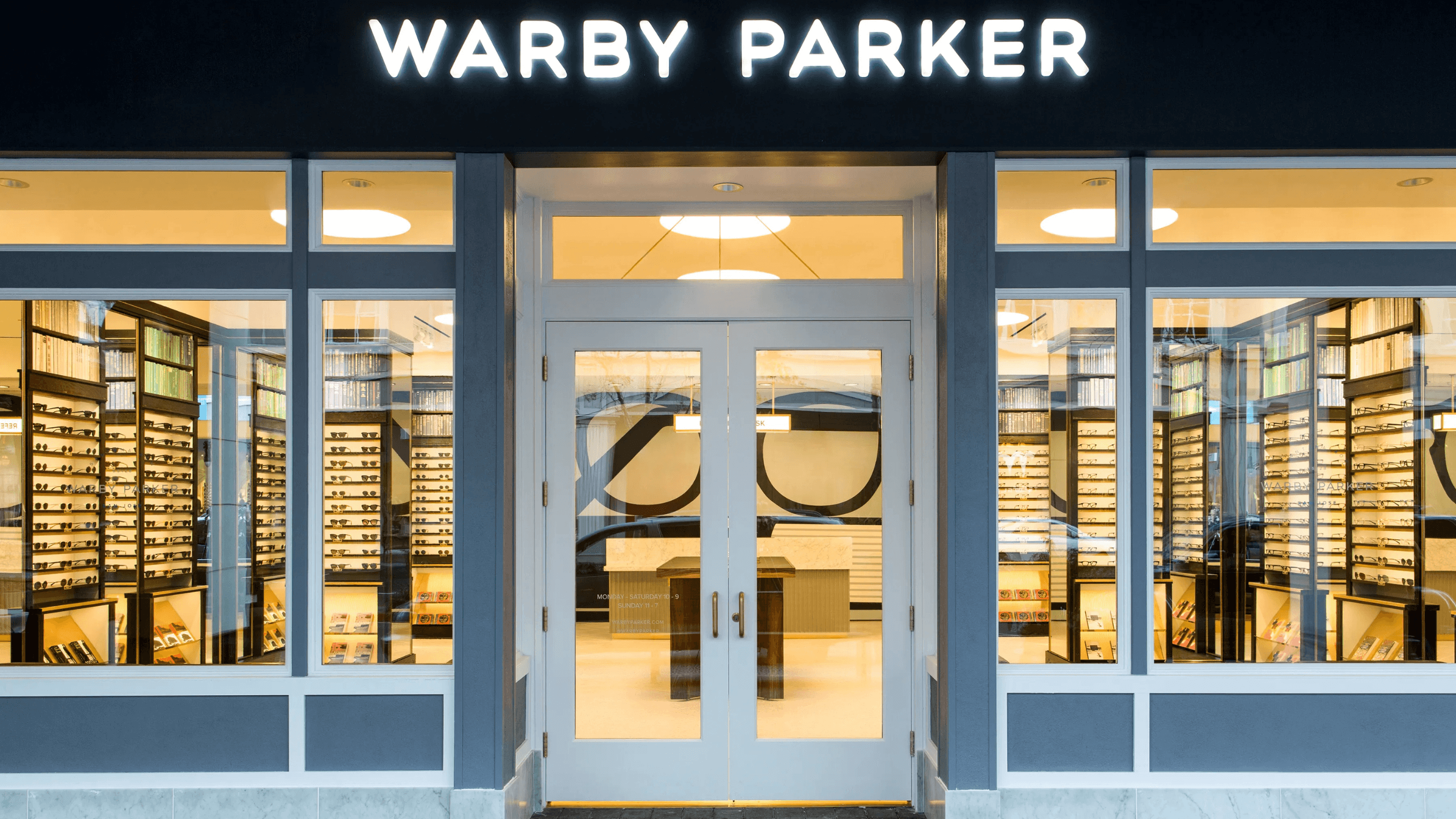
Warby Parker: Age and Style-Based Segmentation
Eyewear brand Warby Parker uses age and style preferences for segmentation, offering trendy frames for younger demographics and classic styles for older customers. Their Home Try-On program, which allows customers to try different frame styles at home, caters to various customer preferences, enhancing the buying experience.

Grammarly: Segmentation Based on Writing Needs
Grammarly, an AI-powered writing assistant, segments its users based on writing needs and proficiency levels. They offer tailored suggestions for students, professionals, and non-native English speakers. TechCrunch’s coverage on Grammarly emphasizes how this targeted approach helps in addressing specific user needs, improving the overall utility of the tool.
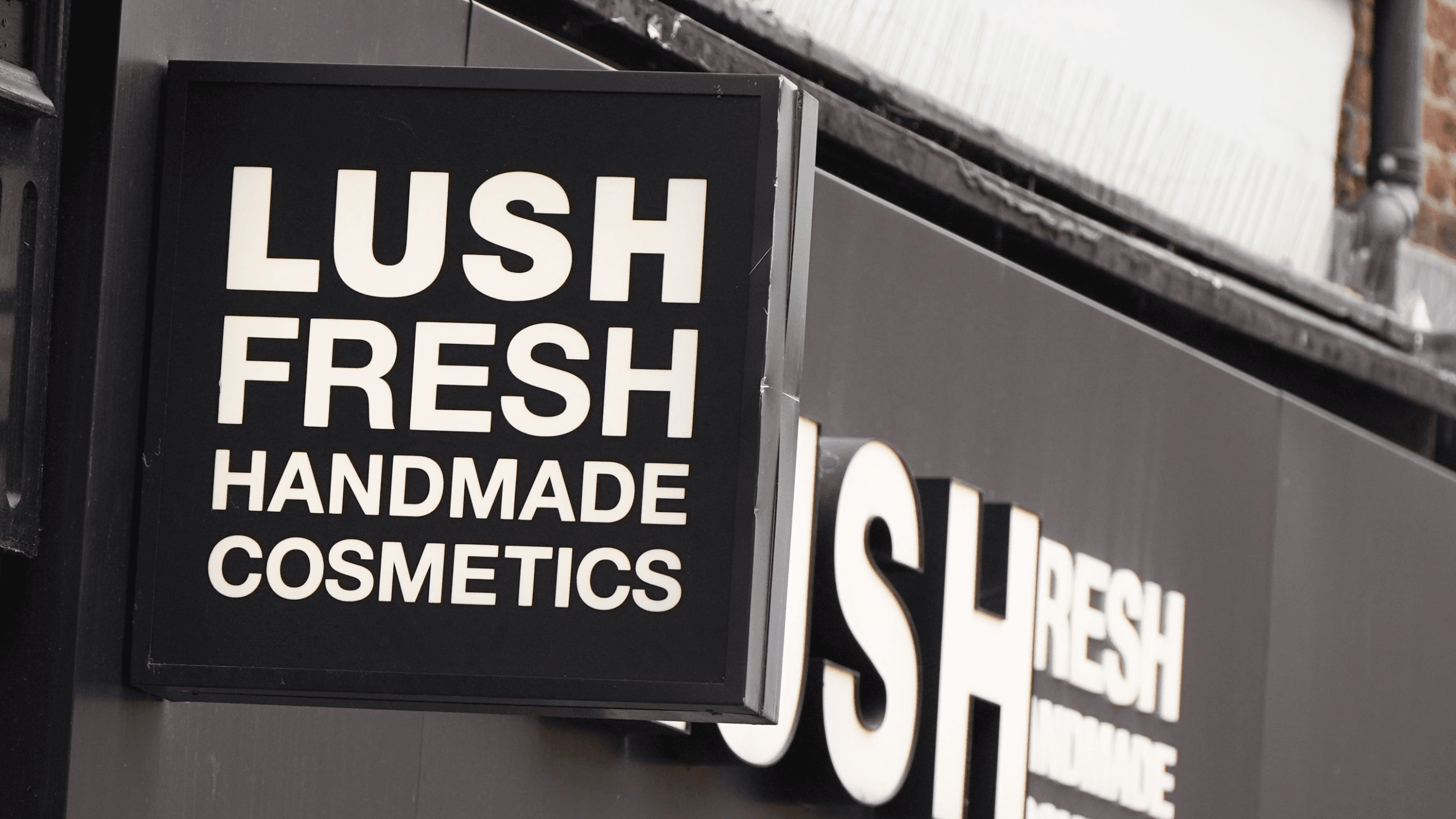
Lush Cosmetics: Ethical and Value-Based Segmentation
Lush Cosmetics segments its customers based on shared ethical values, such as animal rights and environmental sustainability. This value-based approach resonates with consumers who prioritize ethical consumption. Lush’s commitment to these values is evident in their environmentally friendly products and packaging, aligning perfectly with their target customer's beliefs.

Strava: Segmenting Athletes by Activity and Performance Level
Strava, a social network for athletes, segments its users by the type of activity (cycling, running, swimming) and performance level. This segmentation allows them to provide personalized tracking, challenges, and social networking features. Strava’s insights reveal how such segmentation enhances user engagement and community building among athletes.
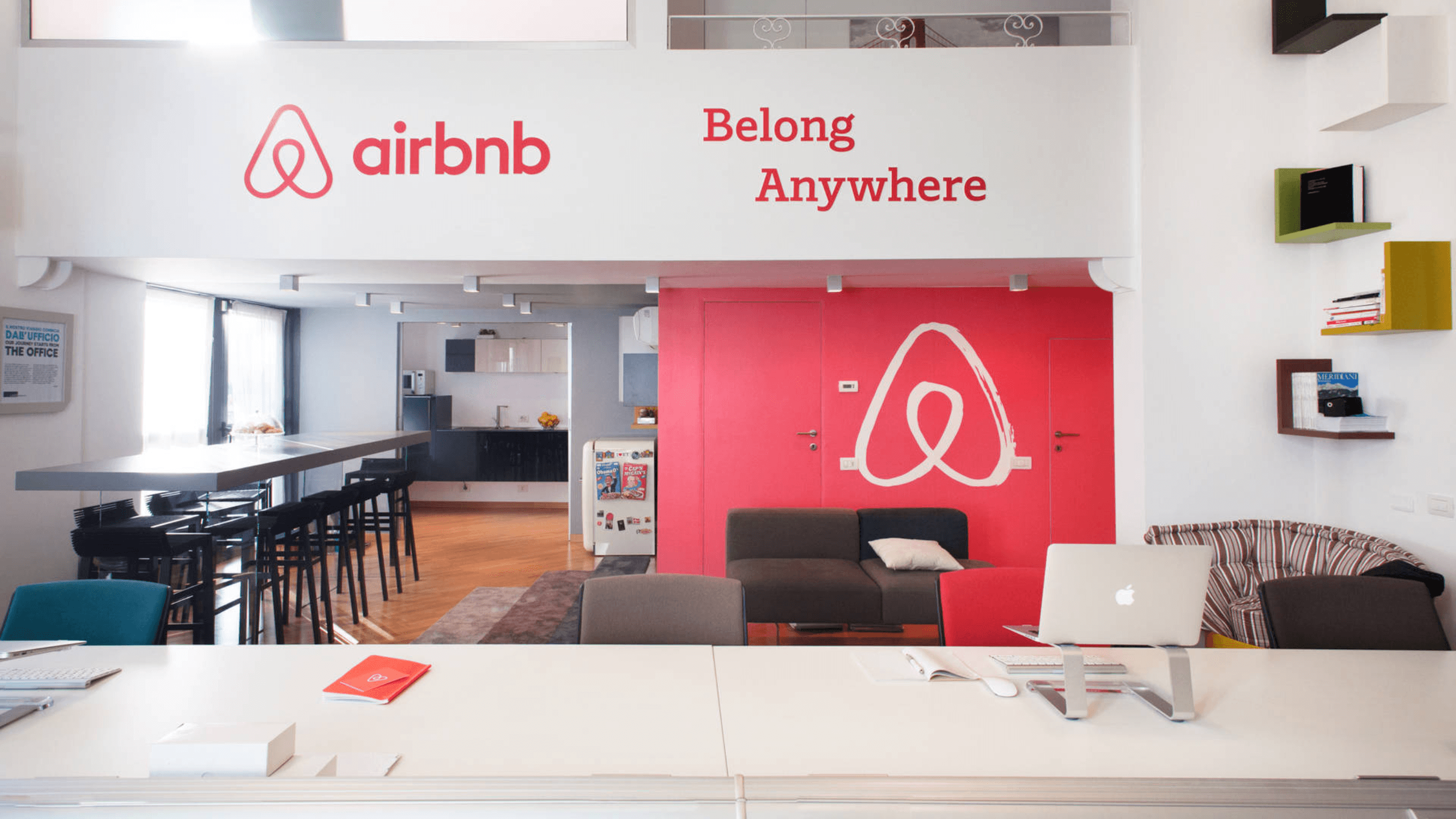
Airbnb: Geographic and Experience-Based Segmentation
Airbnb uses geographic segmentation to tailor its listings and experiences to travelers' specific location interests. They go further by segmenting based on the type of travel experience customers seek, whether it’s a city break or a rural retreat. Airbnb’s data insights reveal how such segmentation can enhance user experience by offering relevant, localized options.

Sephora: Leveraging Technology for Enhanced Segmentation
Beauty retailer Sephora combines multiple segmentation strategies, including behavioral and demographic, enhanced through technology. Their use of AI and AR for virtual product try-ons, as reported by L2 Inc., provides customers with personalized product recommendations, improving the shopping experience and driving sales.
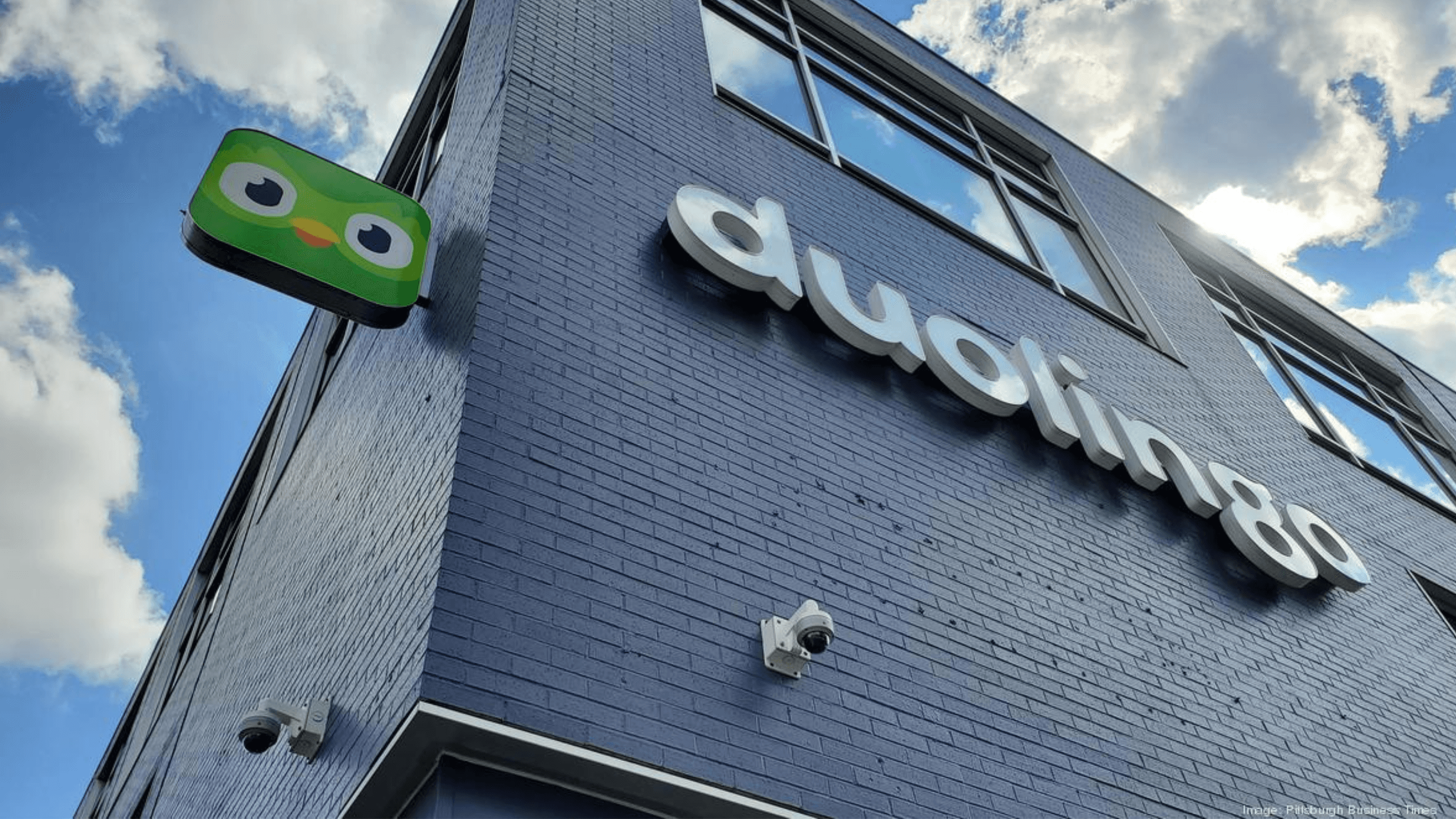
Duolingo: Customized Language Learning Paths
Language learning app Duolingo effectively segments its users based on language proficiency and learning goals. This customized approach allows for tailored learning experiences, making the app relevant for a wide range of users, from beginners to advanced learners.
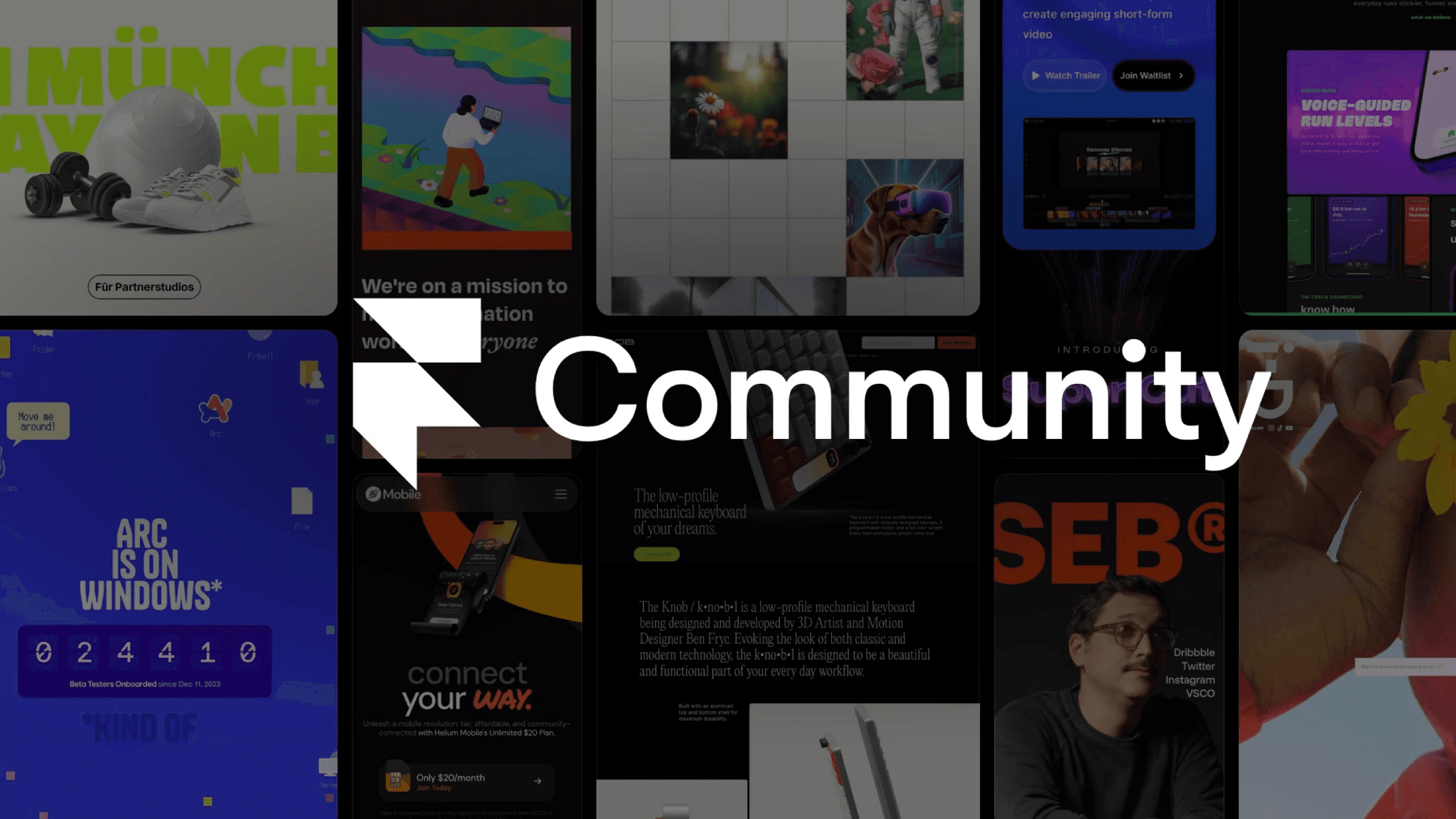
Canva: User Skill Level and Purpose Segmentation
Canva, the graphic design platform, segments users based on their design skill level and usage purpose, such as professional designers, small businesses, or personal use. This segmentation allows Canva to provide customized templates and tools suited to each group's needs. This approach makes design accessible and relevant to a wide range of users.
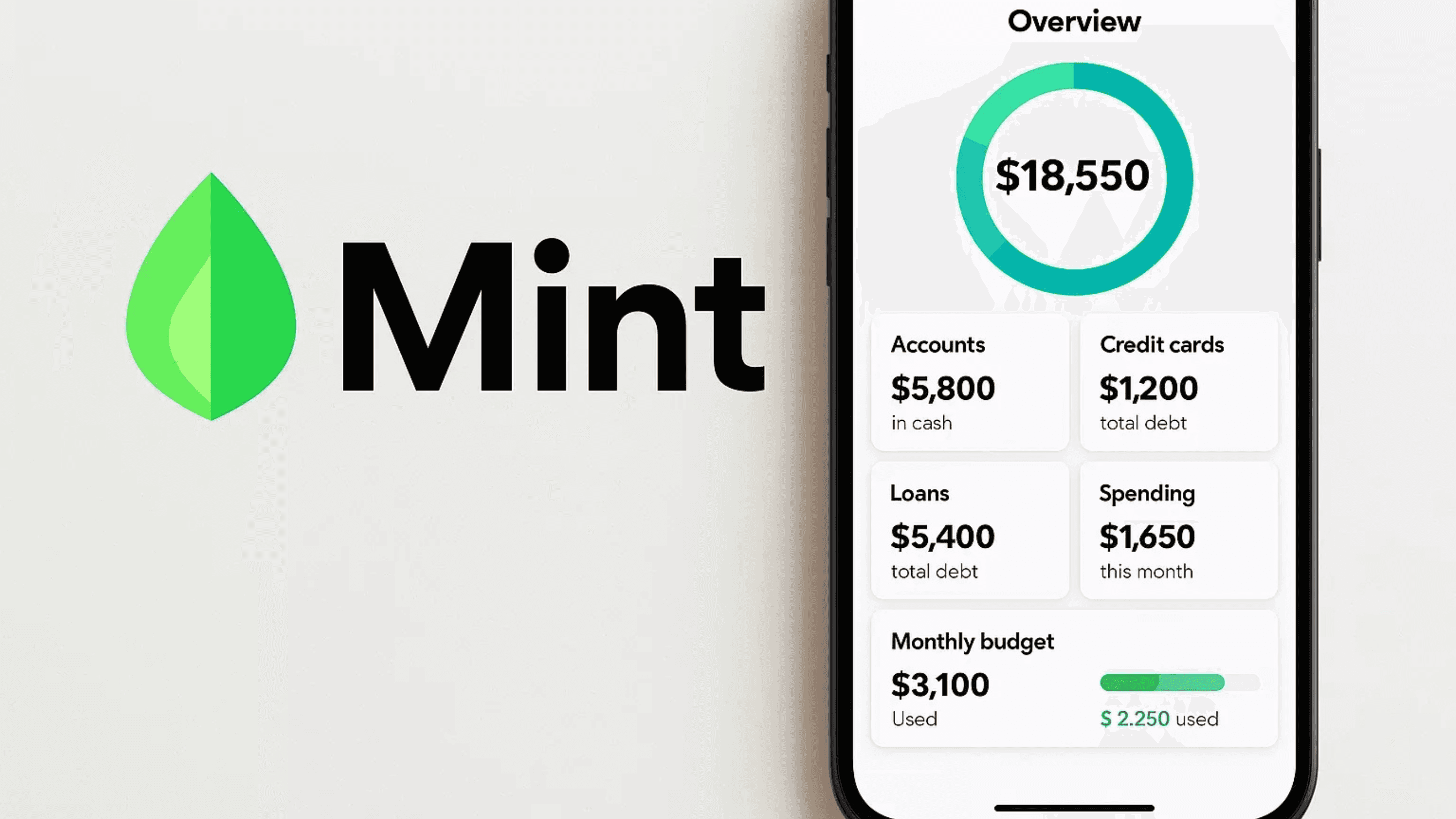
Mint: Financial Goals and Behavior Segmentation
Mint, a personal finance app, segments customers based on their financial goals and behaviors, offering tailored advice for budgeting, saving, and investing. This segmentation strategy enables Mint to provide personalized financial management tools and insights, as Investopedia highlights the app's effectiveness in catering to individual financial needs.

REI: Adventure Level and Outdoor Activity Segmentation
REI, the outdoor recreation and sporting goods retailer, segments customers based on their level of outdoor adventure and specific activities, such as hiking, camping, or cycling. This strategy allows REI to offer targeted product recommendations and expert advice. REI’s Co-op Journal provides insights into how they engage with different outdoor enthusiasts.

Blue Apron: Culinary Skill and Dietary Preference Segmentation
Blue Apron, another meal kit service, segments its customers by culinary skill level and dietary preferences, offering meal plans ranging from beginner to gourmet, and accommodating dietary restrictions like vegetarian or low-carb. Pendo explores how Blue Apron's segmentation strategy caters to the varied culinary needs and preferences of its customers.
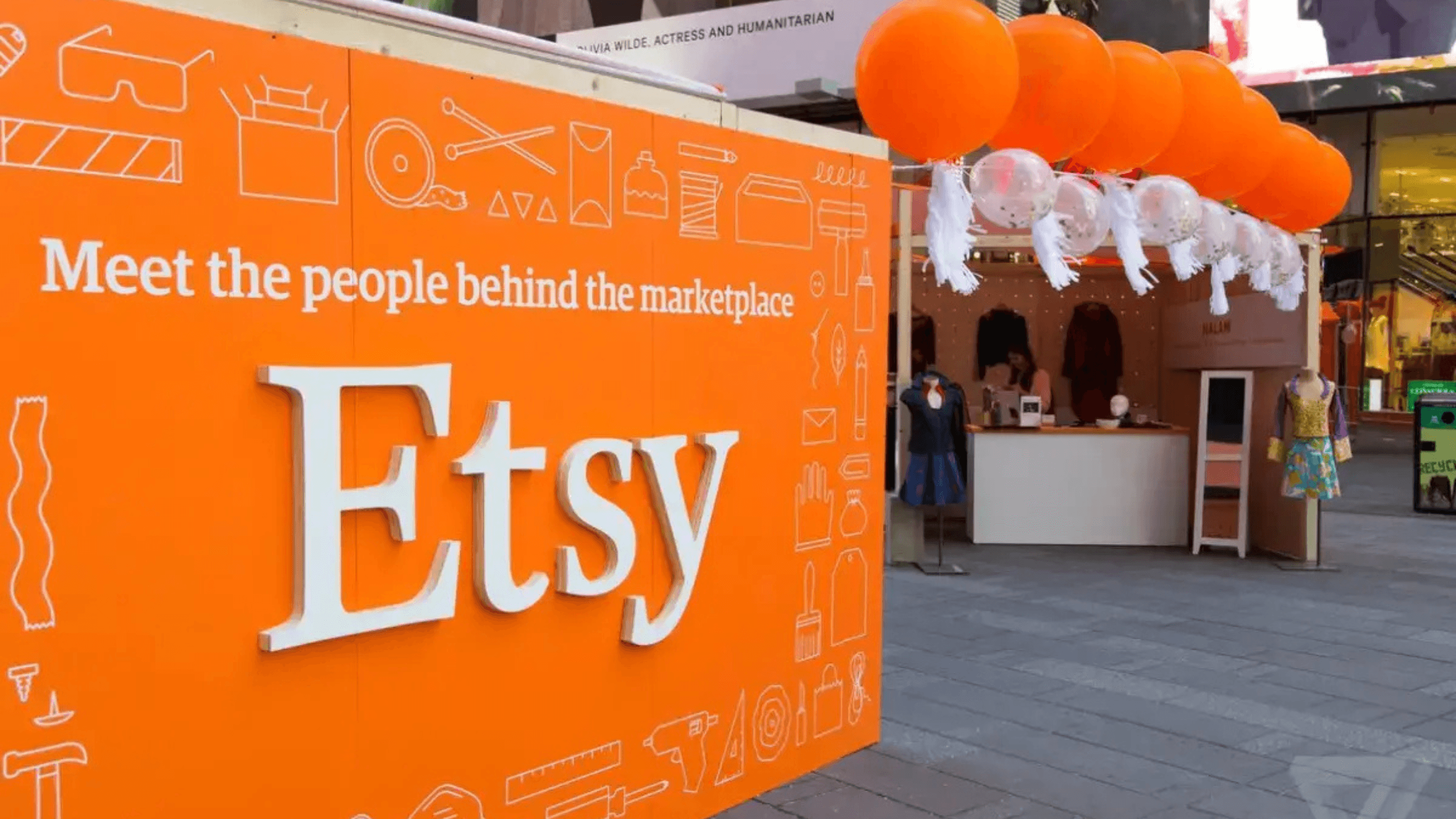
Etsy: Craft and Collectible Interest Segmentation
Etsy, the global online marketplace for handmade and vintage items, uses interest-based segmentation to connect buyers with products in niche categories like handmade jewelry, vintage collectibles, or custom crafts. Etsy's approach, as discussed in Etsy’s Seller Handbook, helps users discover products that align closely with their specific interests and tastes.



